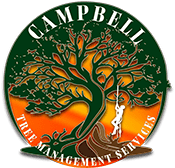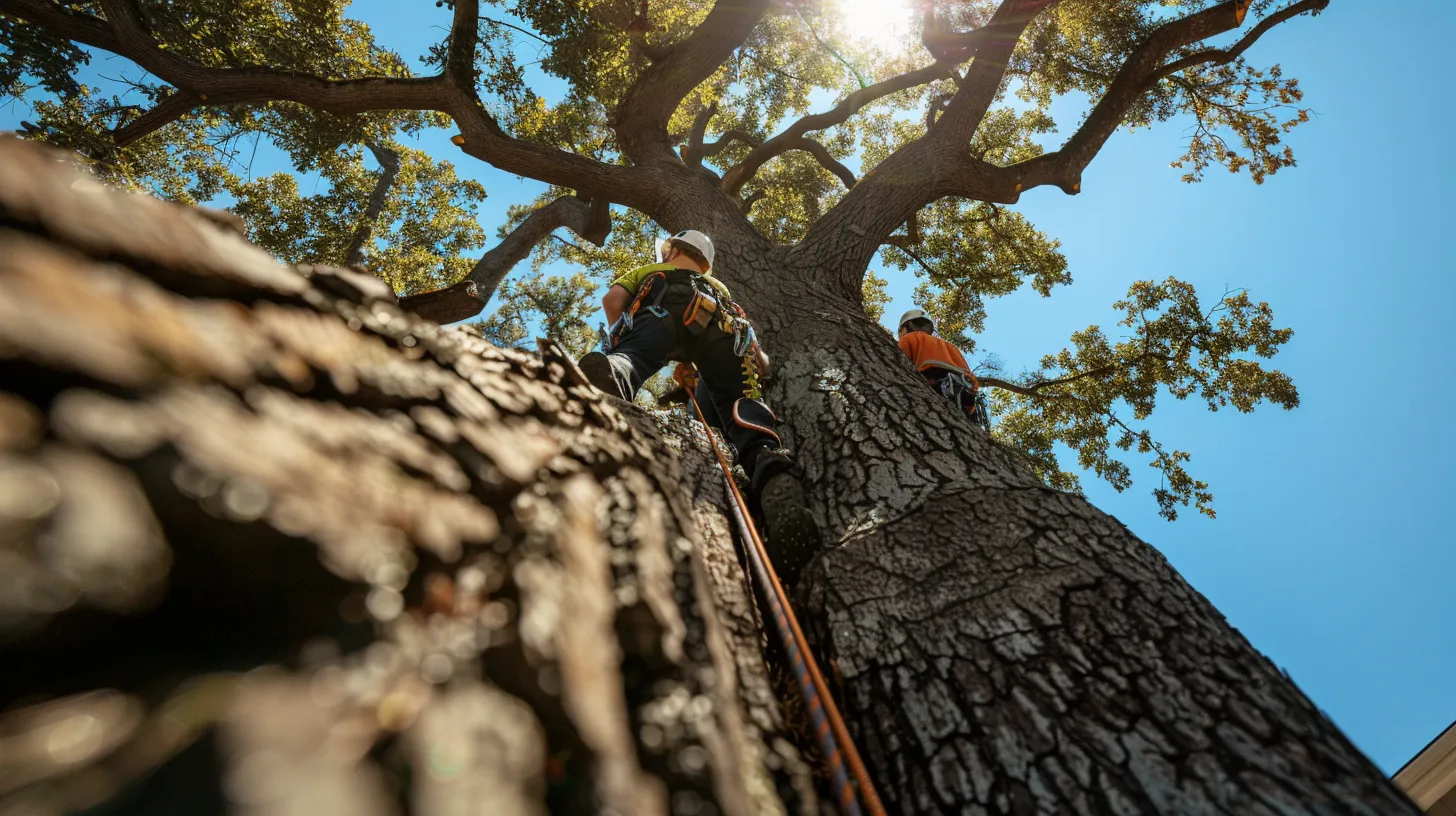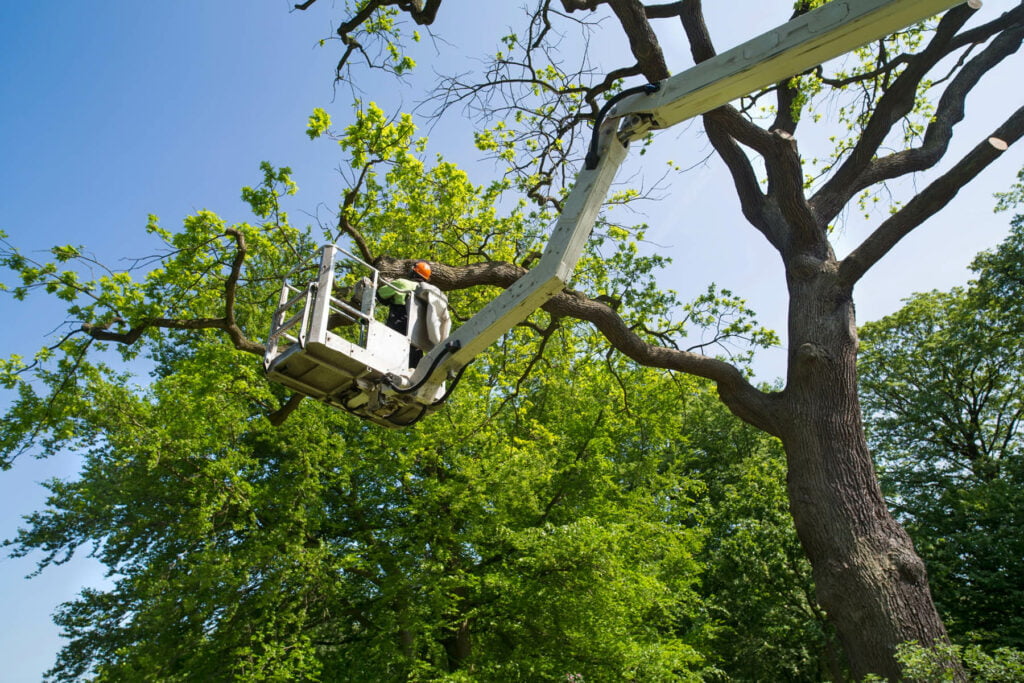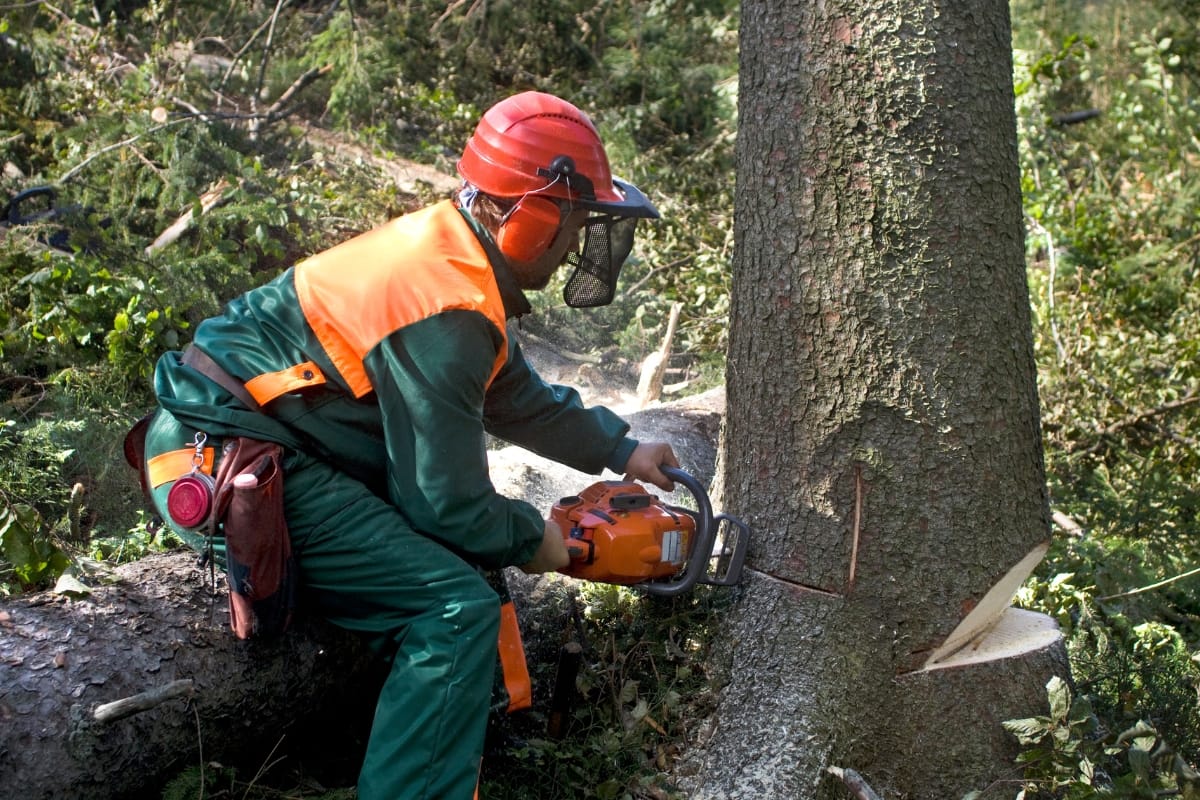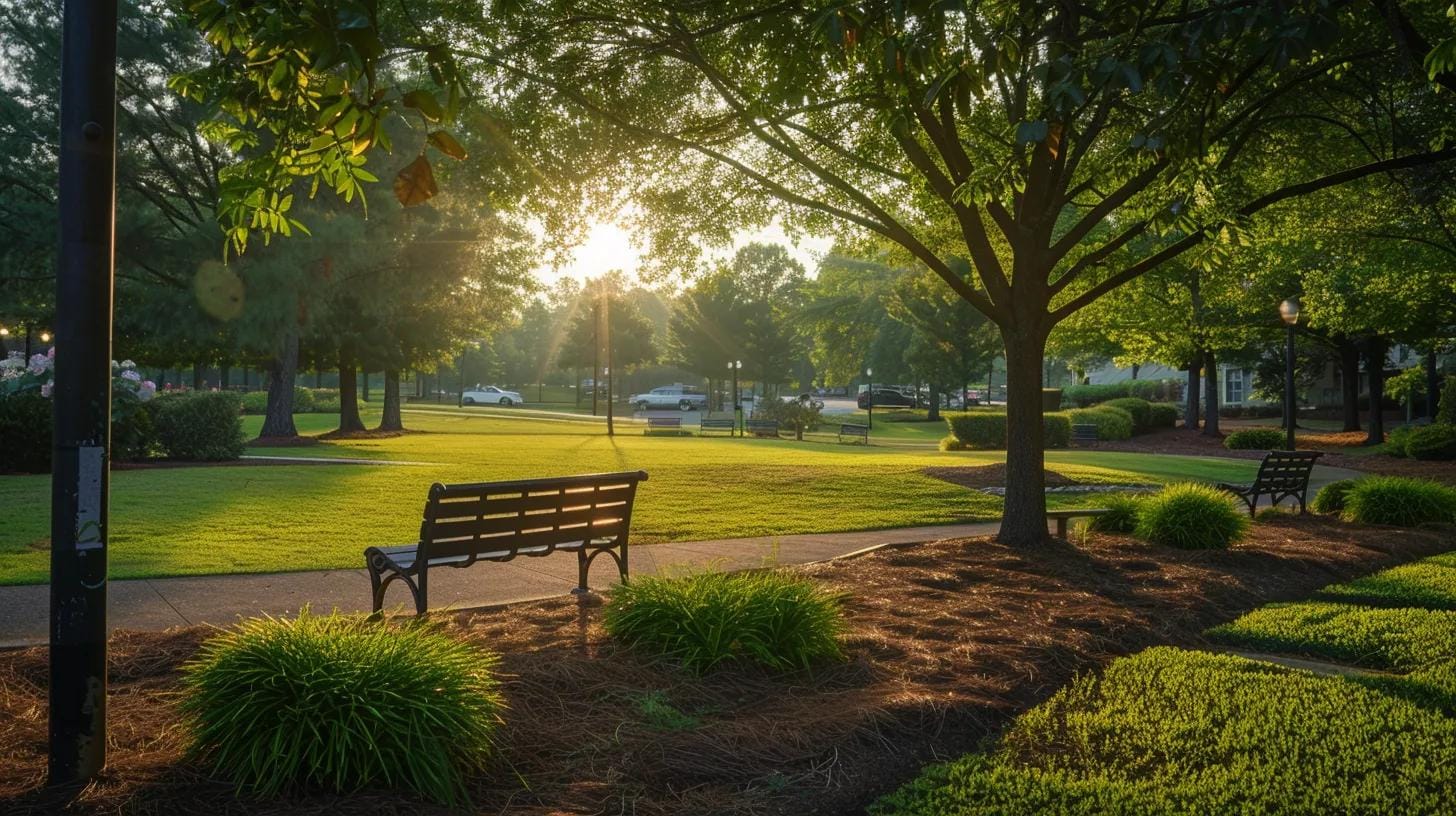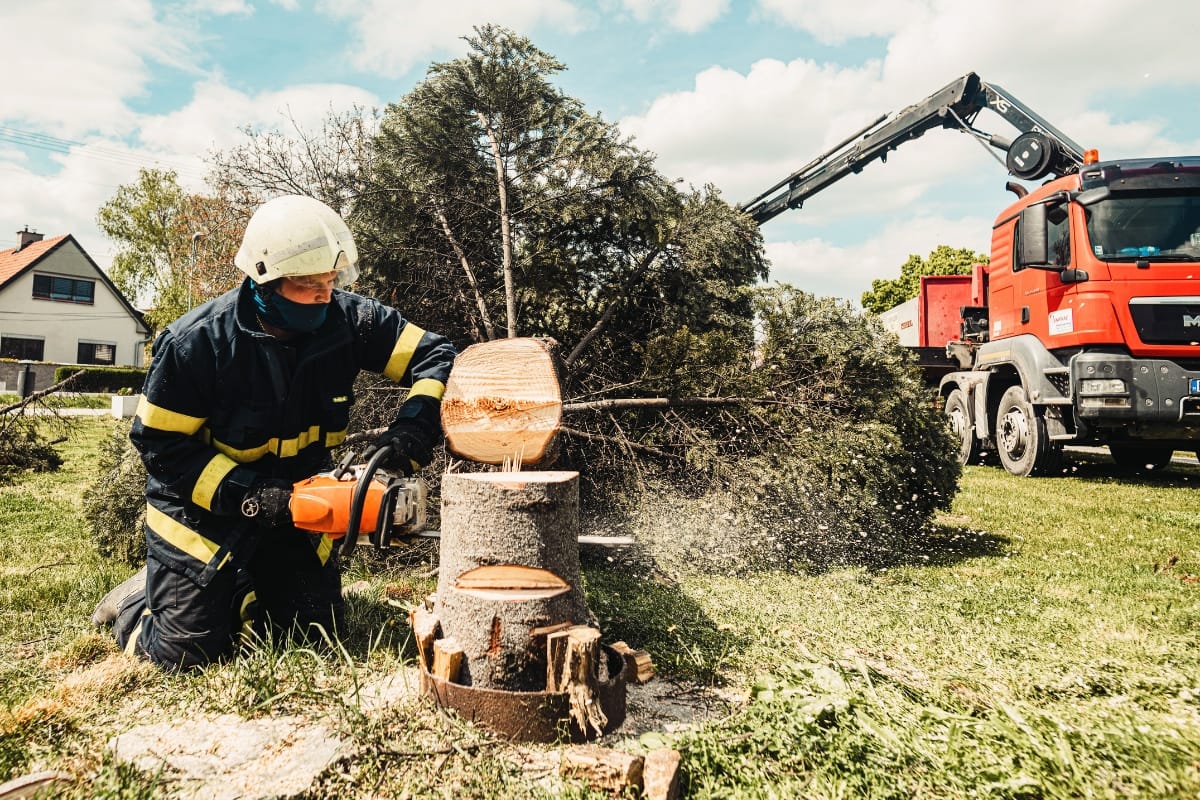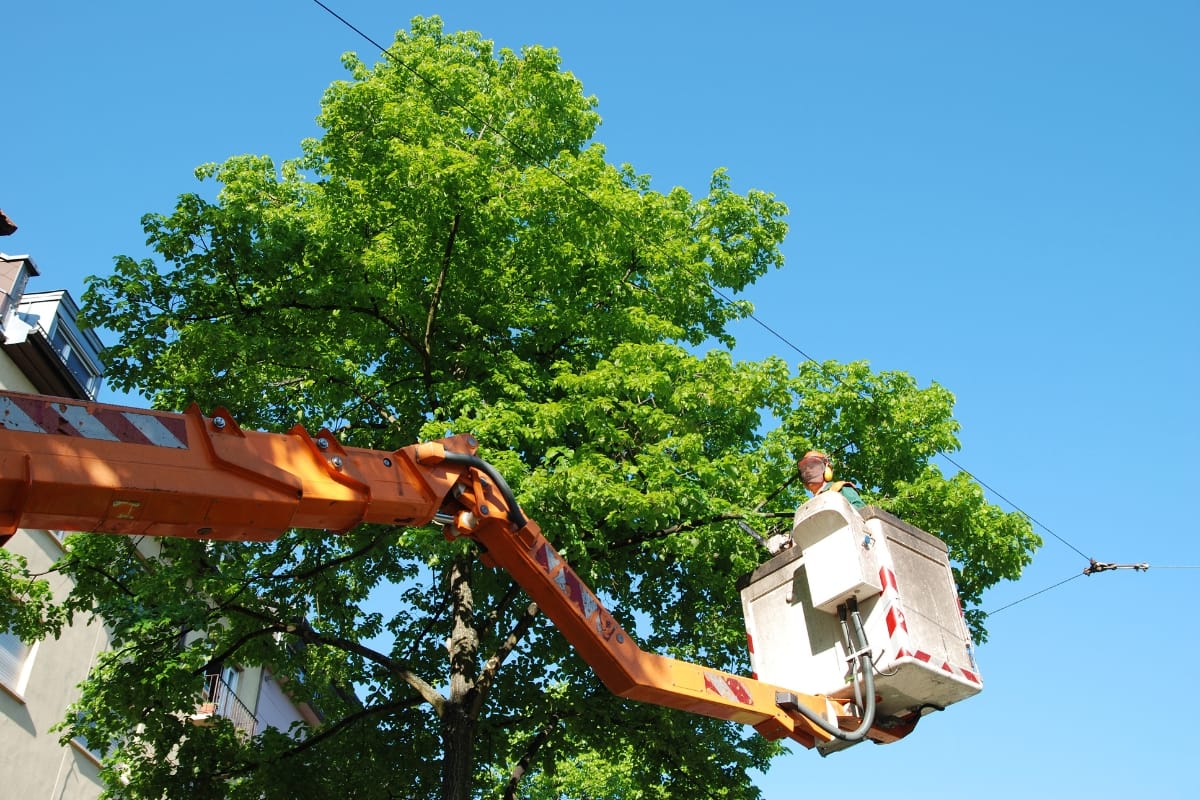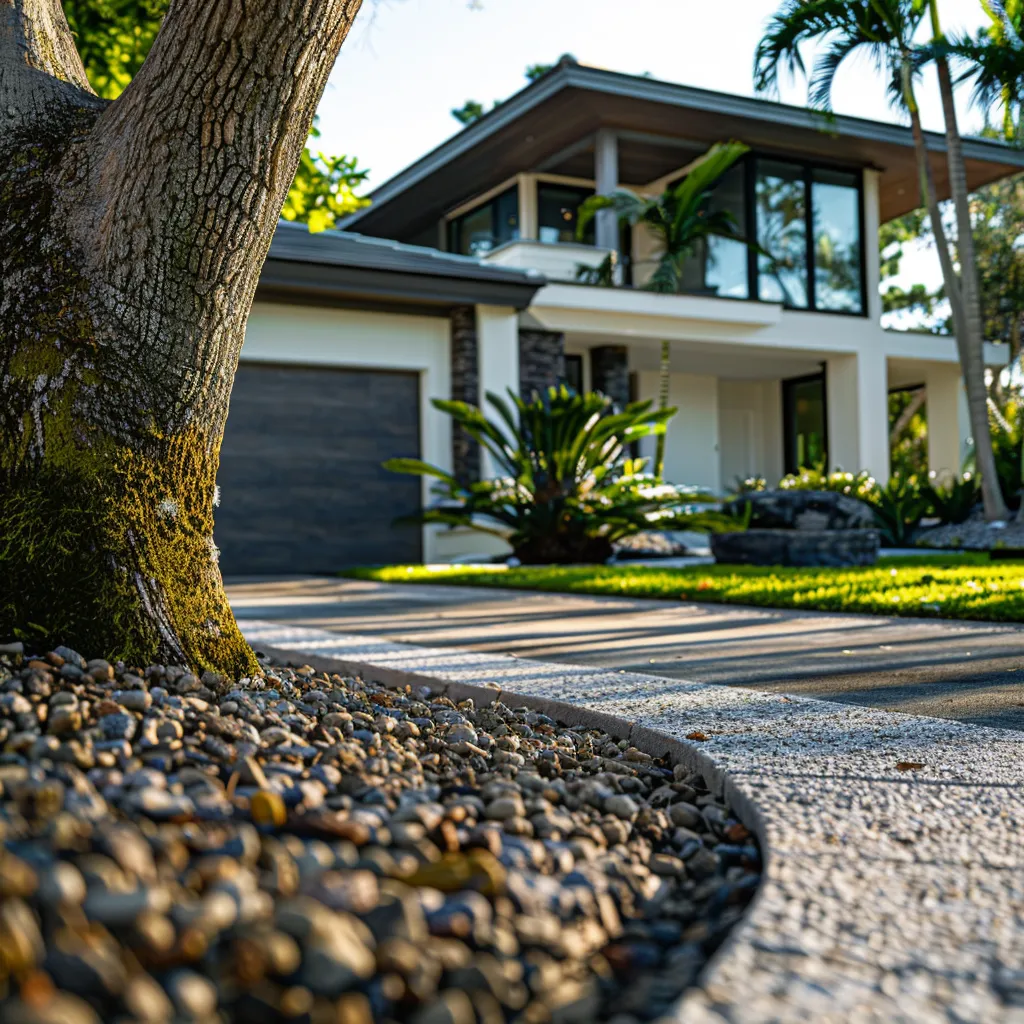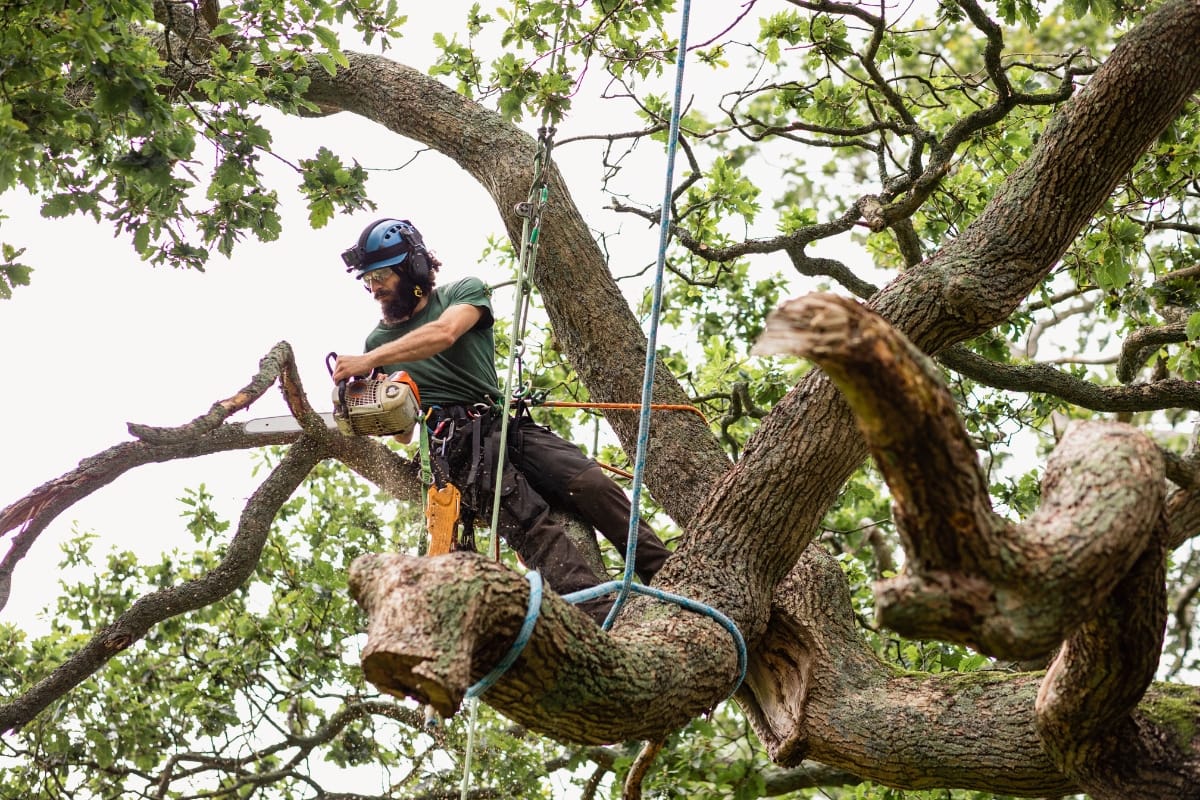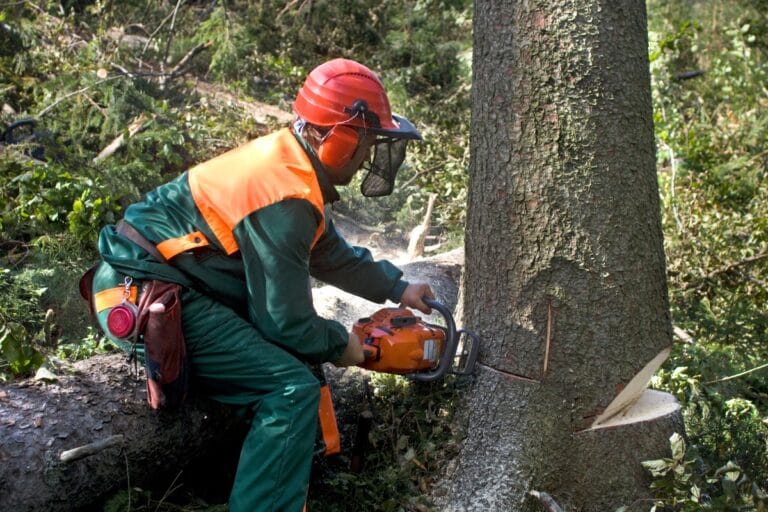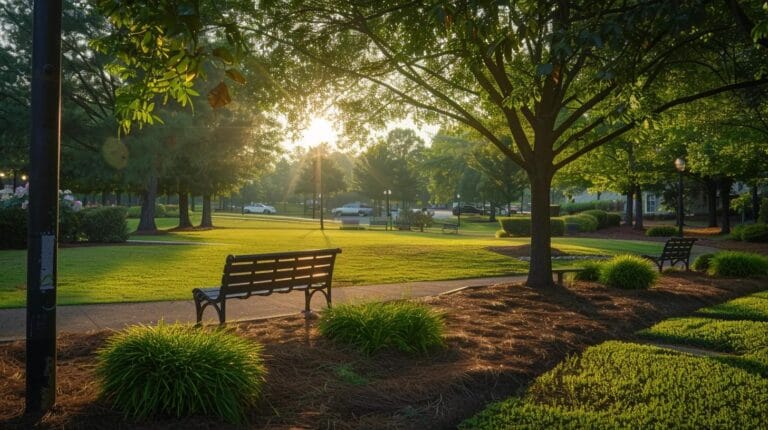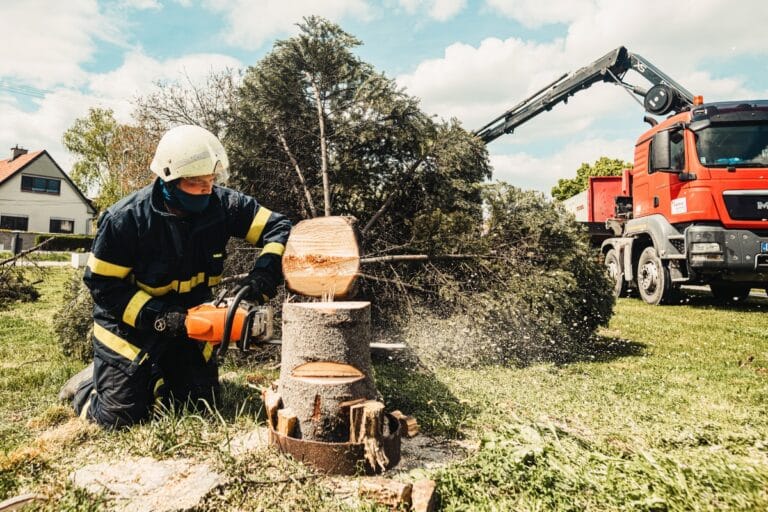Are your trees in Woodstock showing signs of stress or disease? Professional tree health inspections can help protect your property and ensure the longevity of your landscape. This article will cover the importance of regular tree assessments, common signs of tree health issues, and how to choose the right inspection service in Woodstock. By understanding these key points, homeowners can maintain healthy trees, prevent potential hazards, and enhance their property‘s value. Learn how expert tree care can safeguard your green investments and keep your yard beautiful for years to come.
Don’t Guess—Know! The Importance of Professional Tree Health Inspections
Understanding Tree Health Inspections for Homeowners in Woodstock
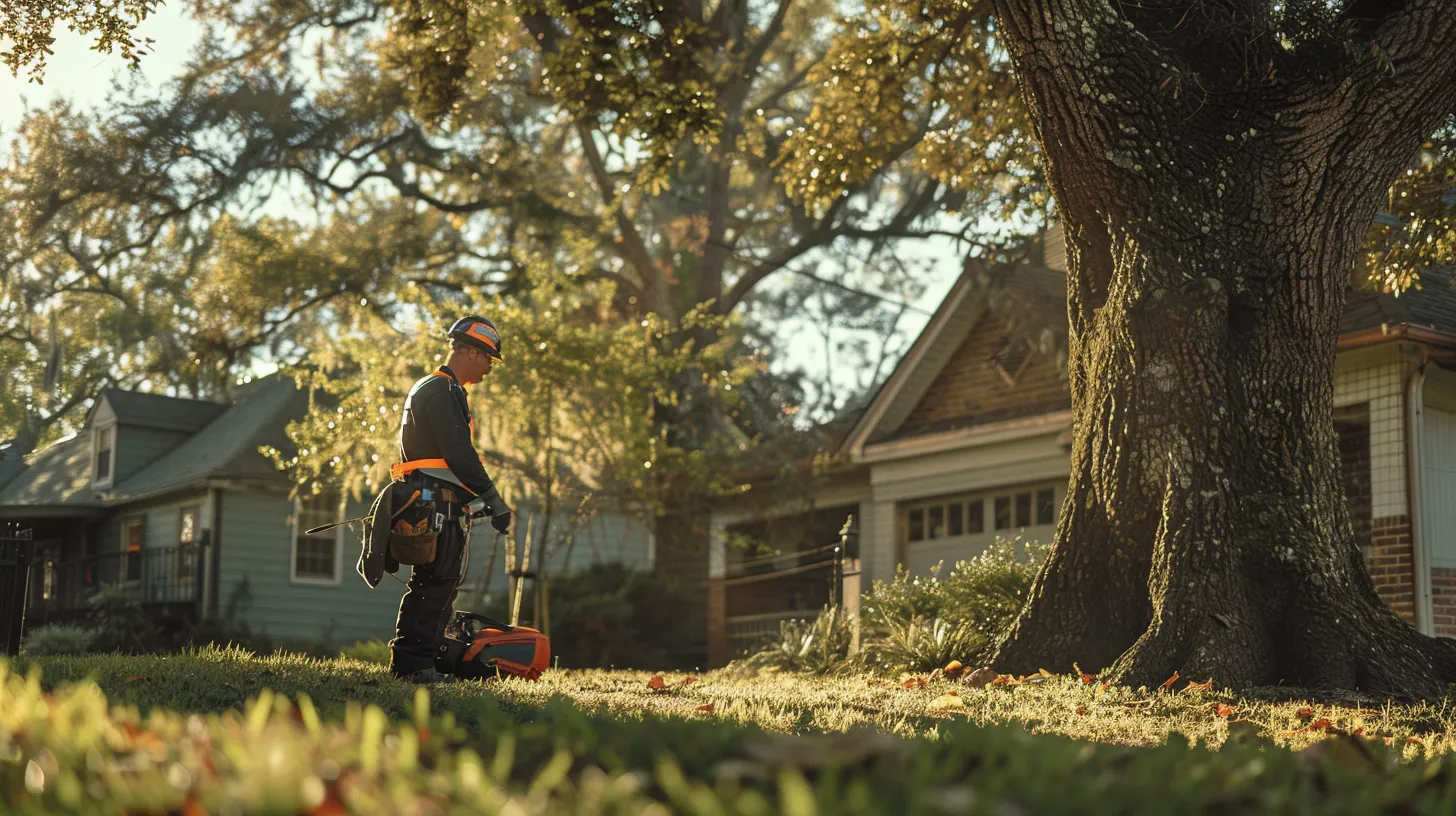
Tree health inspections are crucial for Woodstock homeowners. Regular assessments by certified arborists help identify issues early, saving money in the long run. Key indicators to monitor include leaf color, branch structure, and signs of decomposition. These inspections can detect problems in various tree species, including maple, before they become costly. Understanding the importance of tree health checks ensures a thriving landscape.
The Importance of Regular Tree Health Assessments
Regular tree health assessments are essential for Woodstock homeowners to maintain healthy landscapes and protect their property. These inspections provide valuable information about the condition of trees, helping to identify potential issues such as disease or pest infestations before they become severe. By detecting problems early, homeowners can take proactive measures to preserve their trees and prevent costly damage.
Professional arborists conduct thorough examinations during tree health assessments, checking for signs of insect activity, fungal growth, and structural weaknesses. These experts can recommend appropriate treatments or management strategies to address any concerns, ensuring the long-term health and safety of trees on the property. Regular assessments also help homeowners stay informed about the overall condition of their landscape, allowing them to make informed decisions about tree care and maintenance.
Key Indicators of Tree Health to Monitor
Woodstock homeowners should monitor key indicators of tree health to ensure their landscapes maintain their beauty and structural integrity. Leaf color and texture, branch structure, and signs of fungus or decay are crucial factors to observe. Regular inspections by a professional tree service can detect these issues early, preventing potential hazards during high winds or storms.
Tree bark condition is another essential indicator of health, as damage or unusual growths may signal underlying problems. Homeowners should also watch for excessive leaf drop, dead branches, or changes in overall tree shape, which could indicate stress or disease. Addressing these concerns promptly can save trees and avoid costly renovation or removal in the future.
How Tree Health Inspections Save You Money
Tree health inspections save Woodstock homeowners money by identifying potential issues early, preventing costly damage to their landscape. Regular assessments by certified arborists from the International Society of Arboriculture help detect soil problems, nutrient deficiencies, and pest infestations before they escalate. This proactive approach allows for timely interventions, such as targeted fertilizer applications or health care treatments, which are often more cost-effective than tree removal or extensive property repairs.
Furthermore, these inspections can extend the lifespan of trees, preserving property value and reducing long-term landscaping costs. By maintaining optimal tree health, homeowners can avoid expensive emergency services and potential liability issues caused by fallen branches or unstable trees. Regular inspections also provide valuable insights for proper tree care, ensuring that resources like water and fertilizer are used efficiently, further contributing to cost savings in landscape maintenance:
- Early detection of tree health issues
- Prevention of costly property damage
- Efficient use of landscape resources
- Reduction in long-term tree care expenses
- Preservation of property value
Trees speak their own language. Listen closely, and they’ll tell you when they need help.
Signs Your Trees Need a Health Inspection
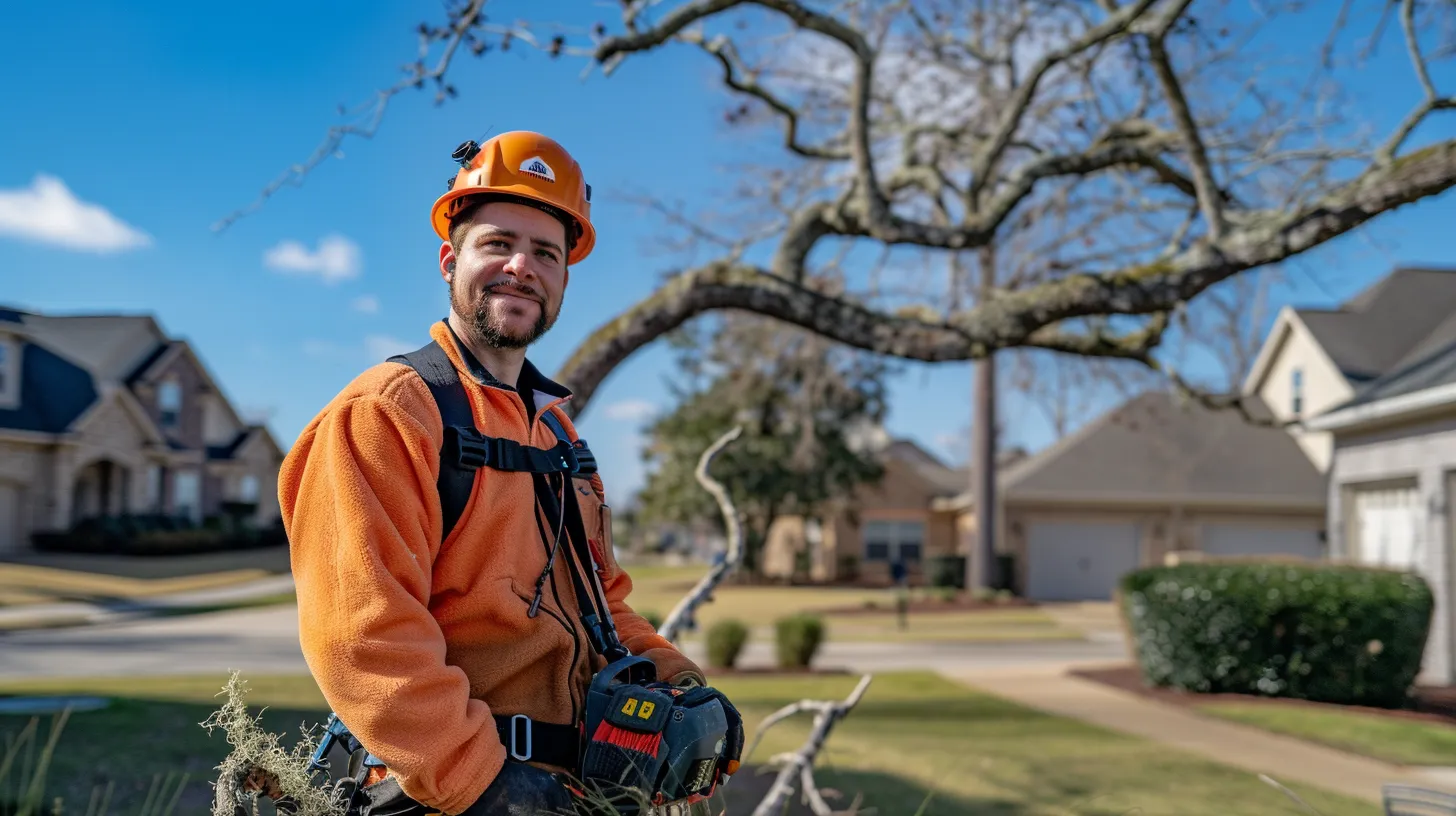
Woodstock homeowners should be vigilant for signs indicating their trees need a health inspection. This section explores common symptoms of tree distress, how to recognize pests and diseases, and the impact of weather on tree health. A certified arborist can assess these factors, considering the tree‘s location in relation to construction, lawns, and public spaces. Regular inspections help maintain healthy trees across the United States.
Identifying Common Symptoms of Tree Distress
Woodstock homeowners can identify common symptoms of tree distress through careful observation. Discolored or wilting leaves, premature leaf drop, and bare branches during the growing season often indicate health issues. Proper mulch application and regular tree pruning can help prevent these problems, but a professional inspection remains crucial for accurate diagnosis.
Other signs of tree distress include bark damage, fungal growth, and pest infestations. Forestry education empowers homeowners to recognize these symptoms early, enabling timely intervention. When these signs appear, a thorough tree health inspection by a certified arborist can determine the underlying cause and recommend appropriate treatment:
- Discolored or wilting leaves
- Premature leaf drop
- Bare branches during growing season
- Bark damage or abnormalities
- Visible fungal growth or pest activity
Recognizing Pests and Diseases Affecting Trees
Woodstock homeowners can recognize pests and diseases affecting their trees by observing changes in the tree‘s canopy and overall health. Stress indicators such as leaf discoloration, branch dieback, or unusual growths on bark may signal pest infestations or disease presence. Regular tree care inspections help identify these issues early, ensuring prompt treatment and maintaining tree safety.
Severe weather events can exacerbate existing tree health problems, making trees more susceptible to pests and diseases. After storms, homeowners should carefully examine their trees for signs of damage or stress. Professional arborists can assess the tree‘s condition, identify potential threats, and recommend appropriate tree care measures to prevent further deterioration and promote recovery.
The Impact of Weather on Tree Health
Weather conditions significantly impact tree health in Woodstock, often leading to increased risk of pest infestations and nutrient deficiencies. Extreme temperatures, drought, or excessive rainfall can stress trees, making them more susceptible to diseases and insect attacks. Homeowners should monitor their trees closely after severe weather events and consider scheduling a professional inspection to assess any potential damage or health issues.
Storm damage can cause visible injuries to trees, such as broken branches or uprooted trunks, which require immediate attention. Less obvious weather-related problems, like soil compaction or root damage, may not be apparent to the untrained eye. Regular tree health inspections, especially after significant weather events, help identify these hidden issues before they escalate. Homeowners can email local arborists for prompt assessments and expert advice on maintaining tree health in various weather conditions.
The signs are clear. Now, let’s see what happens when the experts arrive.
What to Expect During a Tree Health Inspection
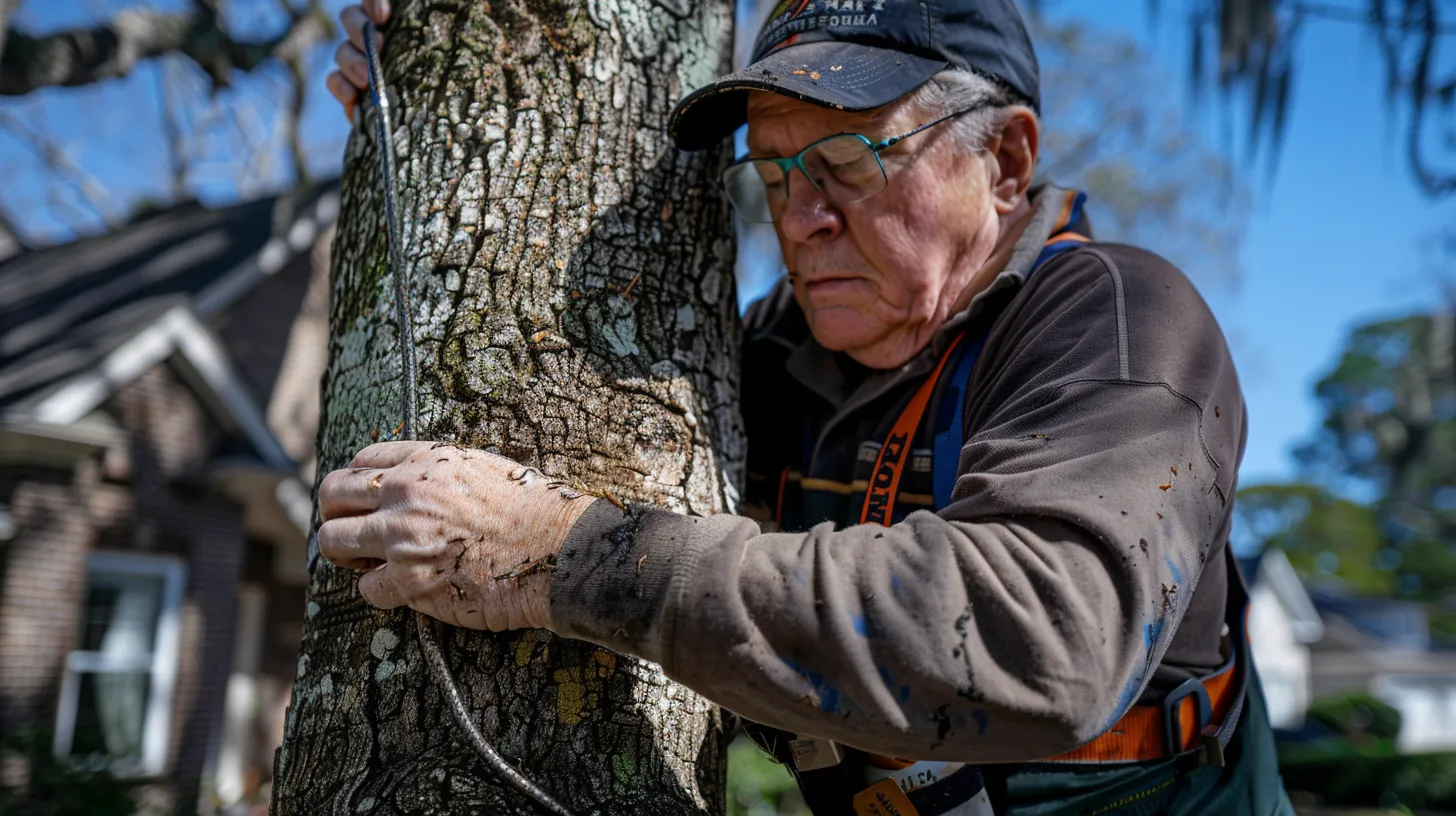
Tree health inspections in Woodstock involve a systematic process using specialized tools to assess structural integrity and stability. Experts examine various tree species, considering factors like girdling roots and weather impacts such as rain. They evaluate potential hazards, providing homeowners with statistics on tree health. This comprehensive approach ensures thorough assessments for maintaining healthy landscapes.
Step-by-Step Process of a Professional Inspection
A professional tree health inspection in Woodstock begins with a thorough visual assessment of the tree‘s overall structure and appearance. The expert examines the trunk, branches, and foliage for signs of disease, pest infestation, or structural issues. They also evaluate the surrounding garden area, noting any potential hazards or environmental factors affecting tree health.
The inspection continues with a detailed analysis of the tree‘s root system and soil quality. The arborist may perform a soil test to assess nutrient levels and pH balance, crucial for maintaining healthy wood growth. They might use specialized tools to examine the tree‘s interior for decay or structural weaknesses, providing homeowners with a comprehensive evaluation of their trees’ health and stability.
Tools and Techniques Used by Tree Health Experts
Tree health experts in Woodstock utilize a range of specialized tools to assess tree condition. These include resistographs for detecting internal decay, sonic tomographs for visualizing tree structure, and soil probes for evaluating root health. Arborists also employ digital cameras and drones for comprehensive visual inspections, especially in areas difficult to access during tree removal or management processes.
Advanced techniques such as thermal imaging help identify areas of stress or disease in trees, while pest identification kits allow for accurate diagnosis of insect infestations. Tree health experts often use increment borers to extract core samples, providing insights into growth patterns and wood quality. These tools and techniques enable arborists to offer detailed assessments and recommendations, ensuring proper tree care and potentially reducing insurance risks for homeowners.
Assessment for Structural Integrity and Stability
During a tree health inspection in Woodstock, arborists assess the structural integrity and stability of trees. They examine the trunk, branches, and root system for signs of decay, damage, or weakness that could compromise the tree‘s stability. This evaluation includes checking for lean, cracks, or cavities that might affect the tree‘s health and pose safety risks.
Arborists also evaluate the tree‘s crown structure, looking for proper branch attachment and distribution. They assess the root zone, considering factors like soil compaction, construction damage, or root girdling that may impact tree health and stability. This comprehensive approach ensures a thorough evaluation of the tree‘s overall condition and potential risks to property or people.
The tree health inspection revealed vital information. Now, it’s time to find the right service in Woodstock to act on that knowledge.
Choosing the Right Tree Health Inspection Service in Woodstock
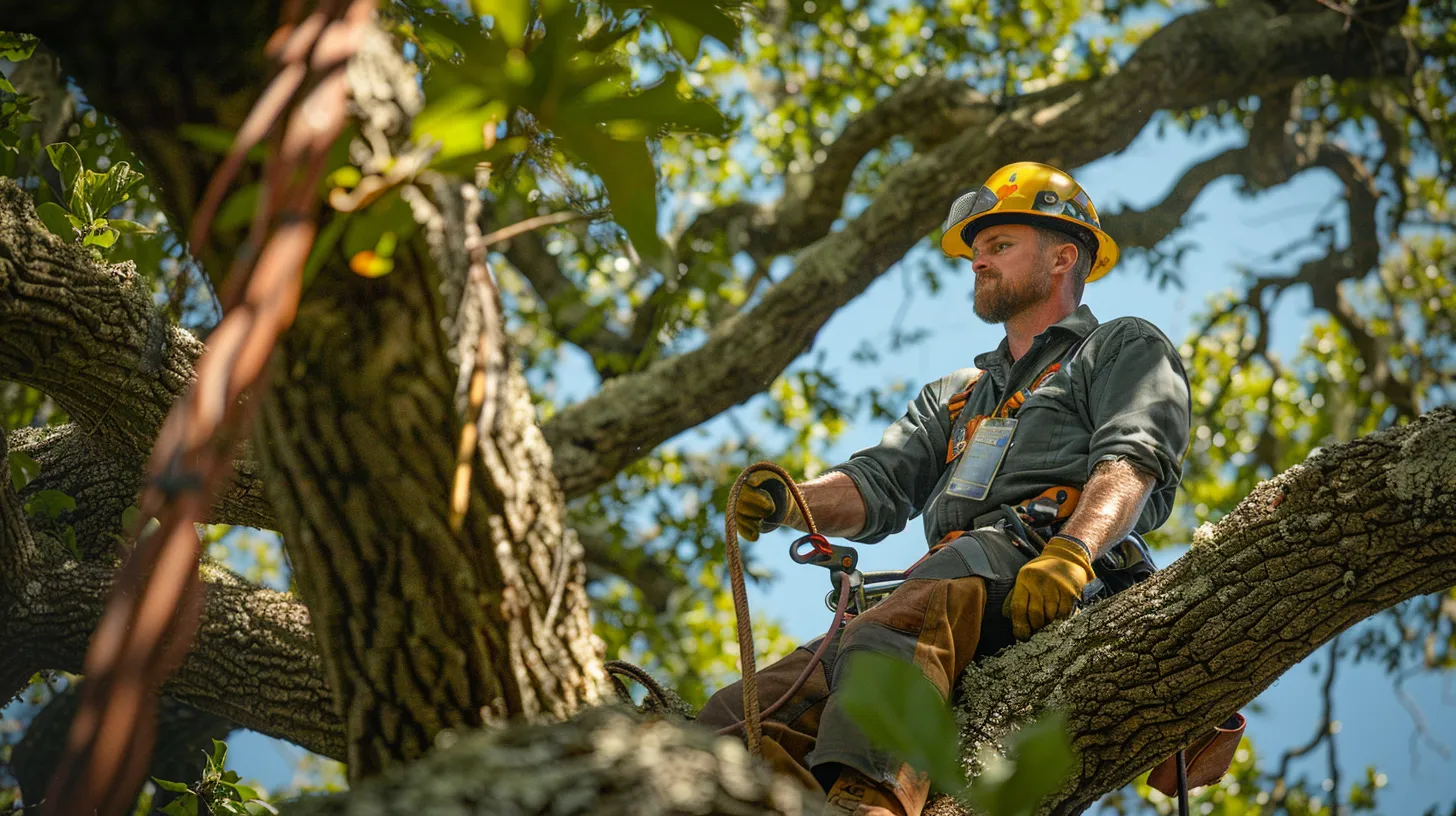
Selecting the right tree health inspection service in Woodstock is crucial for maintaining healthy trees and ensuring property safety. Homeowners should consider professionals’ qualifications, evaluate customer reviews, and ask specific questions before hiring. This process helps identify experts who can address issues like bark damage, beetle infestations, and pruning needs, potentially impacting home insurance and overall tree health in the Atlanta area.
Qualifications to Look for in Tree Health Professionals
When selecting tree health professionals in Woodstock, homeowners should look for certified arborists with credentials from reputable organizations such as the International Society of Arboriculture (ISA). These experts possess specialized knowledge in tree biology, risk assessment, and proper care techniques. Their qualifications ensure they can accurately diagnose tree issues and provide effective solutions to maintain plant health and safety.
Experience in conducting personal injury risk assessments related to trees is another crucial qualification. Professionals with this expertise can identify potential hazards and recommend preventive measures, protecting both property and people. Woodstock residents should seek arborists who demonstrate a thorough understanding of local tree species, climate conditions, and common tree health challenges in the area:
- ISA certification
- Experience in risk assessment
- Knowledge of local tree species
- Expertise in plant health care
- Familiarity with Woodstock’s climate conditions
Evaluating Customer Reviews and Testimonials
Woodstock homeowners can evaluate customer reviews and testimonials to select a reliable tree health inspection service. Online platforms and local business directories offer valuable insights into the quality of service provided by different arborists. Homeowners should look for consistent positive feedback regarding punctuality, professionalism, and the accuracy of tree health assessments.
Testimonials from property managers or long-term clients carry significant weight when choosing a tree health inspection service. These reviews often provide detailed information about the arborist‘s expertise in handling complex tree issues and their commitment to ongoing tree care. Woodstock residents should pay attention to comments about the inspector’s ability to explain findings clearly and provide practical recommendations for maintaining healthy trees.
Questions to Ask Before Hiring a Tree Inspection Service
Woodstock homeowners should inquire about the tree inspection service’s certification and experience in the local area. They can ask for details on the inspection process, including the types of tools used and the duration of the assessment. It’s also crucial to understand the company’s insurance coverage and liability policies to ensure protection for both the homeowner and the service provider.
Homeowners should request information about follow-up services and recommendations after the inspection. They can ask how the company handles emergencies and if they offer ongoing tree care plans. Understanding the pricing structure and whether the service includes a written report of findings helps homeowners make informed decisions about their tree health management.
The health of your trees is vital. Regular maintenance keeps them strong and beautiful.
Maintenance Tips for Healthy Trees in Your Yard
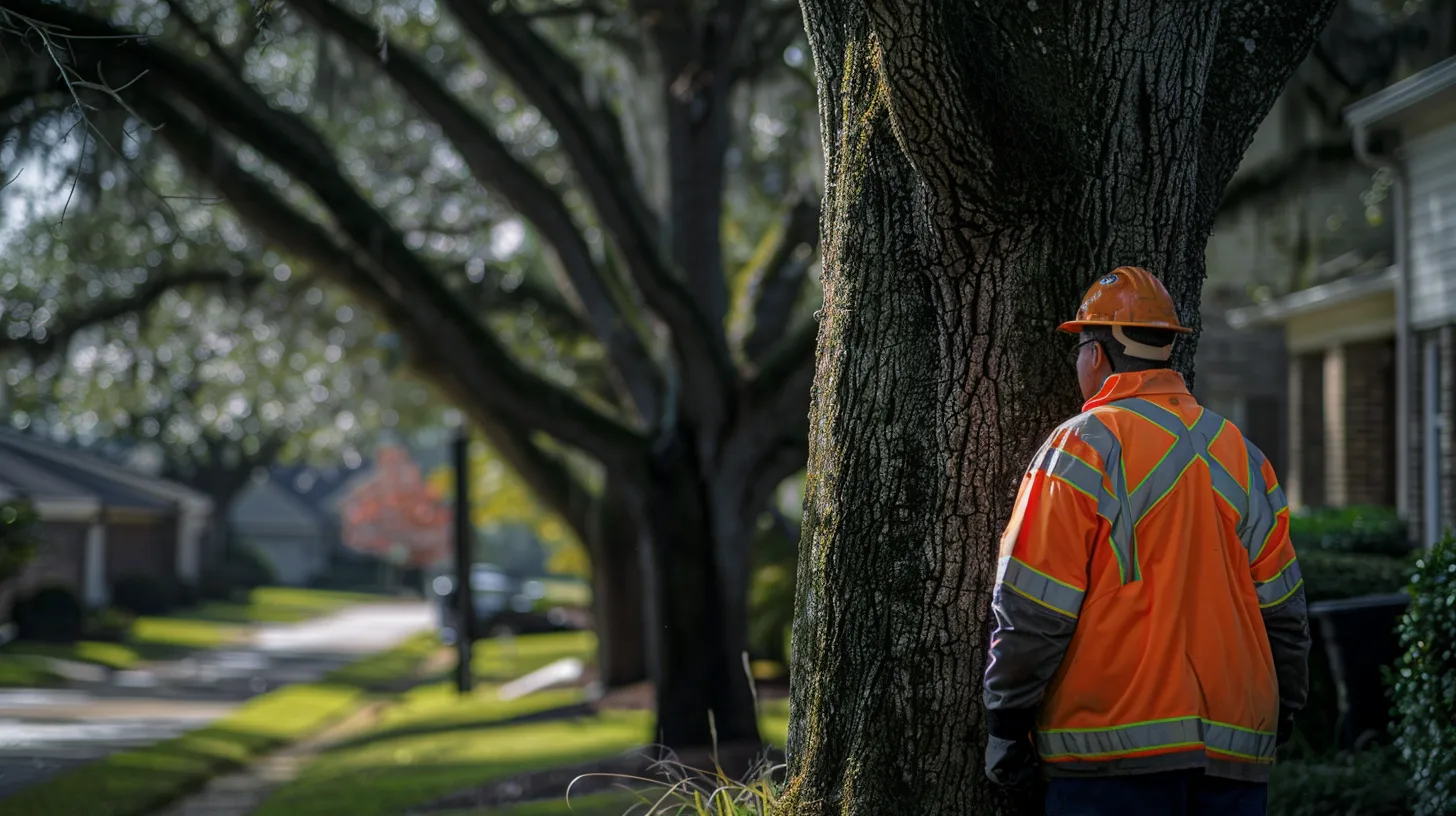
Maintaining healthy trees in Woodstock yards requires year-round care. This section explores best practices for tree care, proper watering and fertilization techniques, and effective pruning methods. Homeowners can learn how to nurture their trees throughout the seasons, ensuring optimal growth and longevity. By implementing these maintenance tips, residents can enhance their landscape‘s health and beauty.
Best Practices for Tree Care Year-Round
Woodstock homeowners can maintain healthy trees year-round by implementing consistent care practices. Regular inspections for signs of disease or pest infestations, coupled with proper mulching techniques, help preserve tree health. Homeowners should also monitor soil moisture levels and adjust watering schedules based on seasonal needs and rainfall patterns.
Protecting trees from mechanical damage, such as lawnmower impacts or construction activities, is crucial for their long-term health. Woodstock residents can safeguard their trees by installing protective barriers around trunks and roots when necessary. Additionally, scheduling professional tree health assessments annually ensures early detection of potential issues and promotes optimal tree growth throughout the year.
How to Properly Water and Fertilize Trees
Proper watering techniques for trees in Woodstock involve deep, infrequent irrigation to encourage strong root growth. Homeowners should water trees slowly and deeply, allowing moisture to penetrate the soil to a depth of 12-18 inches. This method promotes drought resistance and overall tree health, especially during dry periods.
Fertilization practices depend on soil conditions and tree species. Woodstock residents should conduct soil tests to determine nutrient deficiencies before applying fertilizers. Slow-release fertilizers applied in spring or fall can support tree growth without causing excessive leaf production. Homeowners should follow these guidelines for optimal tree care:
- Water deeply and infrequently
- Test soil before fertilizing
- Use slow-release fertilizers
- Apply fertilizer in spring or fall
- Adjust care based on tree species
Pruning Techniques to Enhance Tree Health
Proper pruning techniques enhance tree health and structure in Woodstock yards. Homeowners should remove dead, diseased, or crossing branches to improve air circulation and reduce the risk of pest infestations. Pruning also helps shape trees, promoting balanced growth and preventing weak branch attachments that could lead to future hazards.
Timing is crucial for effective pruning. Most trees benefit from pruning during their dormant season, typically in late winter or early spring. However, certain species may require specific timing to avoid issues like sap bleeding. Woodstock residents should consult local arborists for guidance on optimal pruning schedules for their particular tree varieties:
- Remove dead or diseased branches
- Improve tree structure and shape
- Promote balanced growth
- Enhance air circulation
- Time pruning based on tree species
Trees don’t care for themselves. Proactive management keeps them strong and your property safe.
The Benefits of Proactive Tree Health Management
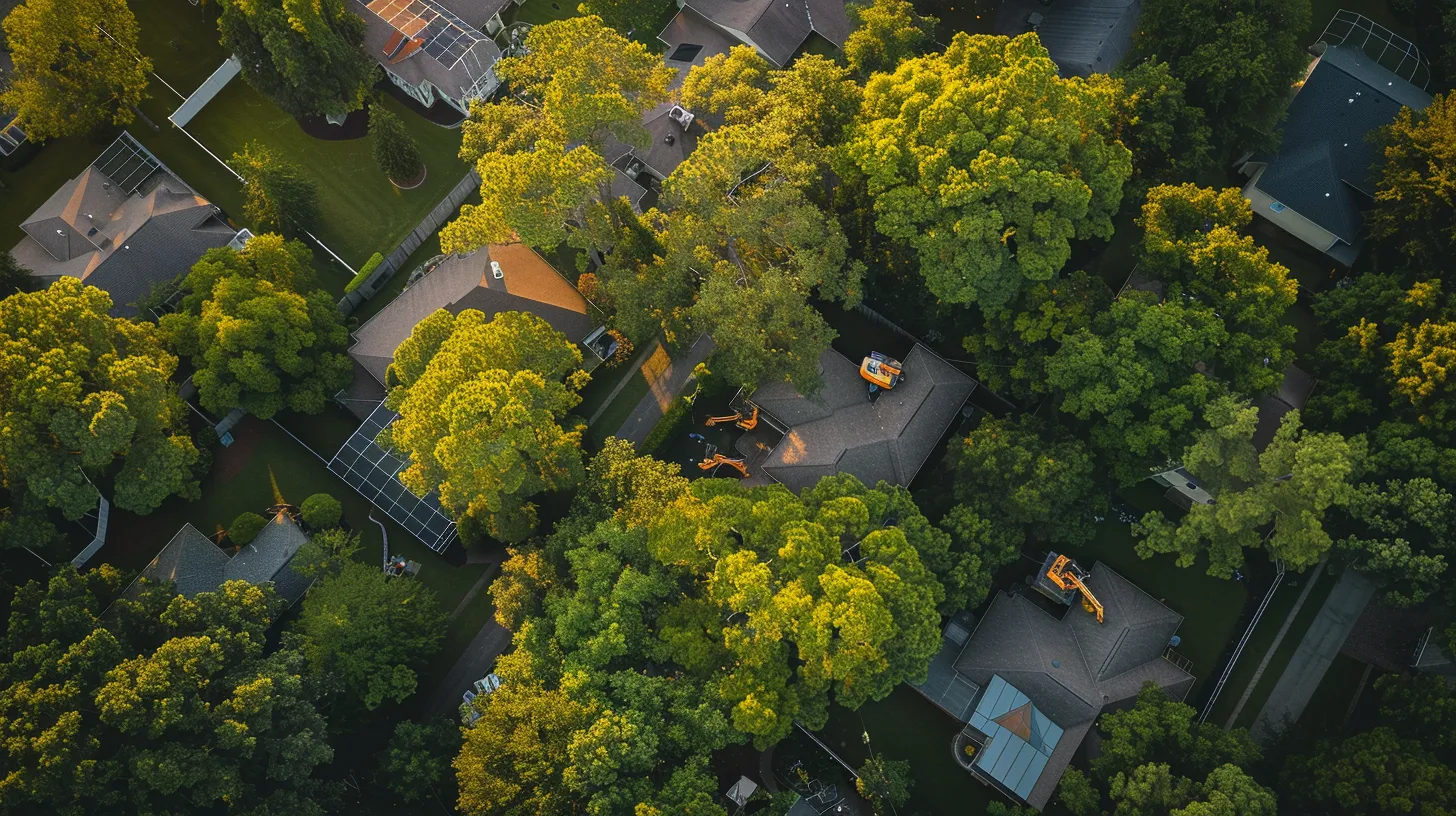
Proactive tree health management offers Woodstock homeowners significant benefits. Regular inspections provide long-term advantages, enhancing property value through proper tree care. This approach creates a safer environment by maintaining healthy trees. Understanding these benefits helps homeowners prioritize tree health, ensuring their landscapes remain vibrant and secure.
Long-Term Advantages of Regular Inspections
Regular tree health inspections provide Woodstock homeowners with long-term advantages, ensuring the longevity and vitality of their landscape. These assessments help detect potential issues early, allowing for timely interventions that prevent costly damage and extend the lifespan of trees. By maintaining healthy trees, homeowners can enhance their property‘s aesthetic appeal and value over time.
Proactive tree care through regular inspections also contributes to a safer environment for residents and neighbors. Certified arborists can identify structural weaknesses or disease risks that might lead to falling branches or tree failure during storms. This approach reduces potential liabilities and helps homeowners maintain a secure and beautiful outdoor space. The long-term benefits of regular tree health inspections include:
- Early detection of tree health issues
- Prevention of costly tree removal or property damage
- Enhanced property value and curb appeal
- Reduced risk of tree-related accidents
- Improved overall landscape health and longevity
Enhancing Property Value Through Tree Care
Proactive tree care significantly enhances property value for Woodstock homeowners. Well-maintained trees contribute to curb appeal, creating an attractive landscape that can increase a home’s market value by up to 20%. Regular health inspections and proper care ensure trees remain vibrant and structurally sound, appealing to potential buyers and improving overall property aesthetics.
Investing in tree health also prevents costly damage to homes and surrounding structures. Healthy trees are less likely to fall or lose limbs during storms, reducing the risk of property damage and potential liability issues. This proactive approach to tree management demonstrates responsible homeownership, potentially lowering insurance premiums and increasing the property‘s long-term value.
Creating a Safe Environment With Healthy Trees
Healthy trees create a safer environment for Woodstock homeowners by reducing the risk of falling branches or tree failures. Regular health inspections identify potential hazards, allowing for timely interventions that prevent accidents and property damage. Properly maintained trees also provide natural barriers against strong winds and erosion, enhancing overall landscape stability.
Proactive tree care contributes to a healthier ecosystem, improving air quality and reducing urban heat island effects. This approach benefits both residents and wildlife, creating a more balanced and sustainable environment. Woodstock homeowners who prioritize tree health enjoy the following safety benefits:
- Reduced risk of falling branches
- Improved landscape stability
- Enhanced protection against strong winds
- Better air quality
- Mitigation of urban heat island effects
Frequently Asked Questions
How often should Woodstock homeowners schedule tree health inspections?
Woodstock homeowners should schedule tree health inspections annually, ideally in spring or fall. Regular check-ups help identify potential issues early, maintain tree health, and prevent safety hazards. For older or stressed trees, more frequent inspections may be necessary to ensure proper care and longevity.
What are common signs that indicate a tree needs a health inspection?
Signs that a tree needs a health inspection include dead or falling branches, leaf discoloration, bark damage, fungal growth, pest infestations, leaning trunk, and exposed roots. Unusual growth patterns or sudden changes in appearance also warrant professional evaluation to ensure the tree‘s well-being and safety.
How long does a typical tree health inspection take?
A typical tree health inspection usually takes between 30 minutes to an hour, depending on the tree‘s size, location, and overall condition. Factors like accessibility, number of trees, and the complexity of issues can affect the duration of the inspection process.
Are tree health inspections necessary for all types of trees?
Tree health inspections are beneficial for all tree types, helping identify potential issues early. These assessments can detect diseases, pest infestations, structural weaknesses, and environmental stressors, allowing for timely interventions that promote tree longevity and safety in Acworth and surrounding areas.
Can homeowners perform tree health inspections themselves, or should they hire professionals?
While homeowners can perform basic tree inspections, professional arborists possess the expertise to identify subtle signs of disease, pest infestations, and structural issues. For accurate assessments and proper care recommendations, it’s advisable to hire a certified tree specialist, especially for large or valuable trees.
Spot Trouble Early—Save Your Trees with a Pro Inspection From Campbell Tree Management Services
Healthy trees enhance your home’s beauty, value, and safety—but only when properly maintained. Campbell Tree Management Services provides professional tree health services and inspections to identify potential issues before they become costly hazards. Our certified arborists serve Woodstock homeowners with expert evaluations, tailored tree care recommendations, and preventive solutions. Don’t wait for storm damage or disease to strike! Request your free quote today by calling (770) 286-8058 and let us help you keep your landscape thriving for years to come.
